I can't wrap my head around what to choose between these 2 flows, in these diagrams I'm using mediator pattern but it does apply to any use-case that has a layer for an interface ( API ) and the application itself ( Domain ).
Should I enforce DRY and return the response from the domain directly to the client. But add a separate DTO for incoming requests that is processed by the interface and map it as a domain model.
Should I enforce SOC and map all objects coming in and coming out of the domain. One of my major pain points is that adding a new property would require me to update all my objects both on webapi and domain.
I'm curious around what the community currently practices around DTOs on a layered architecture, I've been searching both here and in github repos and most implementations follow the first one ( albeit those were only "sample" projects )

